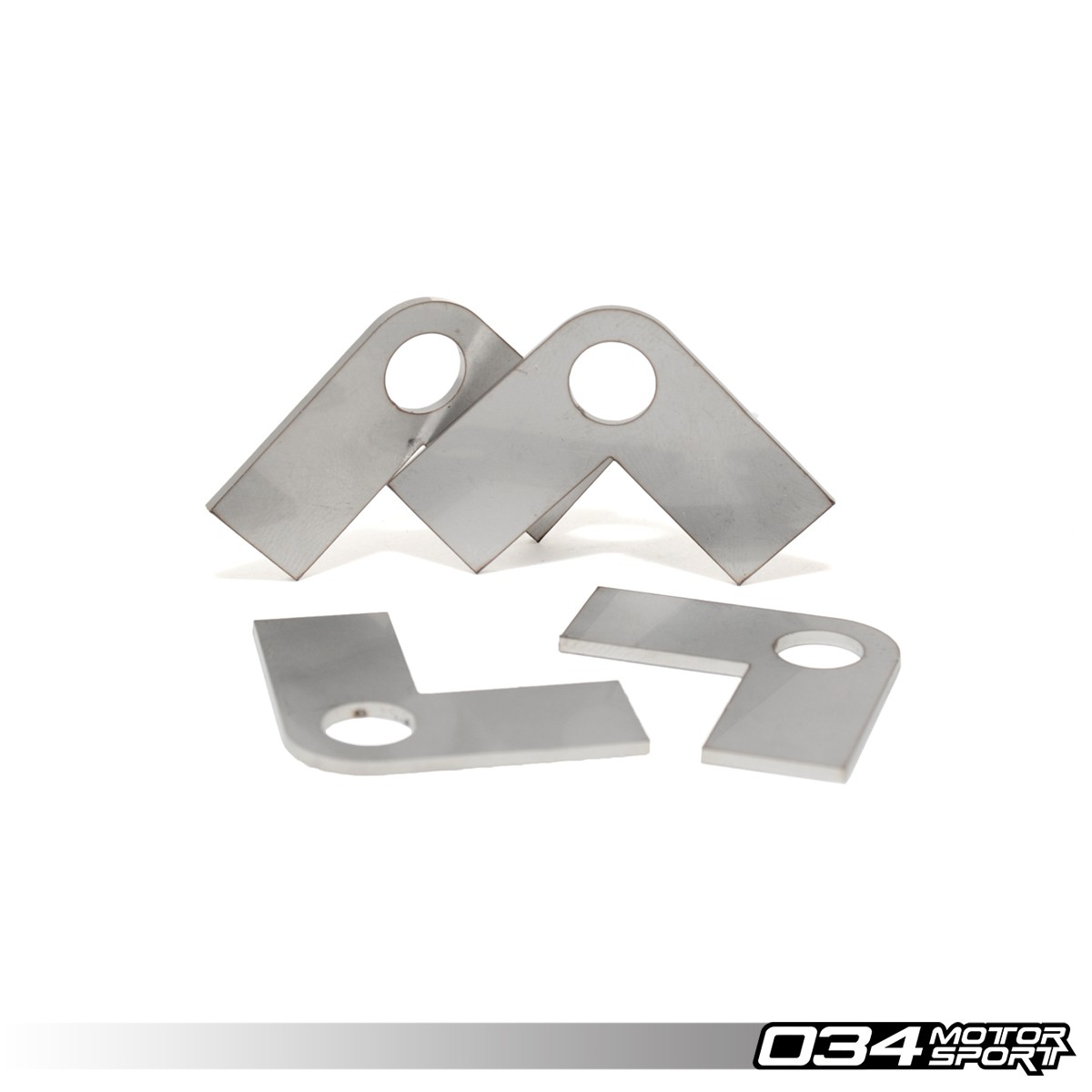I want to weld a couple of grade 8 bolts to my seat tracks. Will this weekend the bolts in the event of an accident?
I want to weld a couple of grade 8 bolts to my seat tracks. Will this weekend the bolts in the event of an accident?
Welding bolts works great for some things, but they are definitely no longer grade 8 when you ar done welding them. You're heat treating them in a very uncontrolled and inconsistent way, so there is no real way to tell what you'll have left. At worst case, a tempered threaded stick of steel. Fine for bolting some things, but probably not for seats and belts and such.
That said, one of the bolts holding the drivers seat into the Honda is definitely welded in, but A, there was not much of a choice, B, it is ridiculously unsafe anyway.
In reply to Toyman01 :
I will confirm what Toyman is saying.
(with a degree in Materials Science Engineering)
is it OK to say..."It depends..."
If you are tacking the bolts in place, (2 tacks on opposite sides of the flange, just to hold the bolt in position.) it probably has little affect on the bolt strength.
If you are fully welding the flange to the adjacent part, that is a no-no.
Rog
Seems like the safe bet would be not to weld it at all. Would make assembly much easier, but its not impossible without welding.
Dusterbd13 said:Seems like the safe bet would be not to weld it at all. Would make assembly much easier, but its not impossible without welding.
JB Weld it or make a plate to lock the bolt head in place to keep it from spinning and weld that in place.
Factory tracks often have studs or bolts welded into them, and they aren't treated after welding. I wouldn't worry about tacking a bolt head in place.
Try this:
Take one of the bolts you're planning to weld, and thread it into something you can torque on with a TQ wrench until the bolt shears.
Take a second one, weld it onto something just like you want to use for the seat track, grind it back out, then put it into the "something" above and torque on it until the bolt shears. Depending on the amount of weld you put on it, you might be blown away by how easily the thing breaks off.
Over the last few years there have been several times where I welded a hex head bolt onto a stuck Allen head bolt in an effort to back the Allen bolt out without drilling. Over half the time, the Allen bolt has just sheared off right below the weld. It's amazing how much it can weaken a bolt.
Stefan said:Dusterbd13 said:Seems like the safe bet would be not to weld it at all. Would make assembly much easier, but its not impossible without welding.
JB Weld it or make a plate to lock the bolt head in place to keep it from spinning and weld that in place.
I like this idea. Can you provide a picture of the plate youre talking about?
if you are just trying to keep the bolt from spinning in a place you cant reach, two small strips of metal separated just wide enough for the the hex to slip between will stop it from turning, but not keep you from getting it out if you need to. You would oly need to be able to put a finger on the head to hold it in place while you thread up the nut from the outside.
Dusterbd13 said:Stefan said:Dusterbd13 said:Seems like the safe bet would be not to weld it at all. Would make assembly much easier, but its not impossible without welding.
JB Weld it or make a plate to lock the bolt head in place to keep it from spinning and weld that in place.
I like this idea. Can you provide a picture of the plate youre talking about?
About like this:

Dusterbd13 said:Stefan said:Dusterbd13 said:Seems like the safe bet would be not to weld it at all. Would make assembly much easier, but its not impossible without welding.
JB Weld it or make a plate to lock the bolt head in place to keep it from spinning and weld that in place.
I like this idea. Can you provide a picture of the plate youre talking about?
Imagine you have your flat plate where the bolt head sits as the shaft goes through to the other side. Now imagine that on top of that, you have a plate of fairly thick metal with a hexagon cut out that fits tightly around the bolt head. That's the plate you'd weld on to hold the bolt head in place. Often manufacturers just use two raised plates or raised cutouts in the material on two (opposite) sides of the bolt, similar to what stafford1500 suggested.
In reply to DeadSkunk :
#1 They are not Grade 8, and don't NEED to be.
#2 They are designed by and reviewed by multiple teams of professional engineers, throughly crash tested, and verified to meet Federal Crash Standards, then reviewed AGAIN by teams of liability lawyers to ensure that failures will not occur and result in multi-million dollar class action suits.
If the weld is a tack or two on the head of the bolt and only to resist rotation when tightening the nut, I doubt it would be an issue. Most hex heads have a fairly large head that you should be able to weld quite easily without impacting the strength of the shaft.
If its to hold tension load that the bolt would see in an accident, that's bad.
Obviously, any welding < no welding.
You'll need to log in to post.